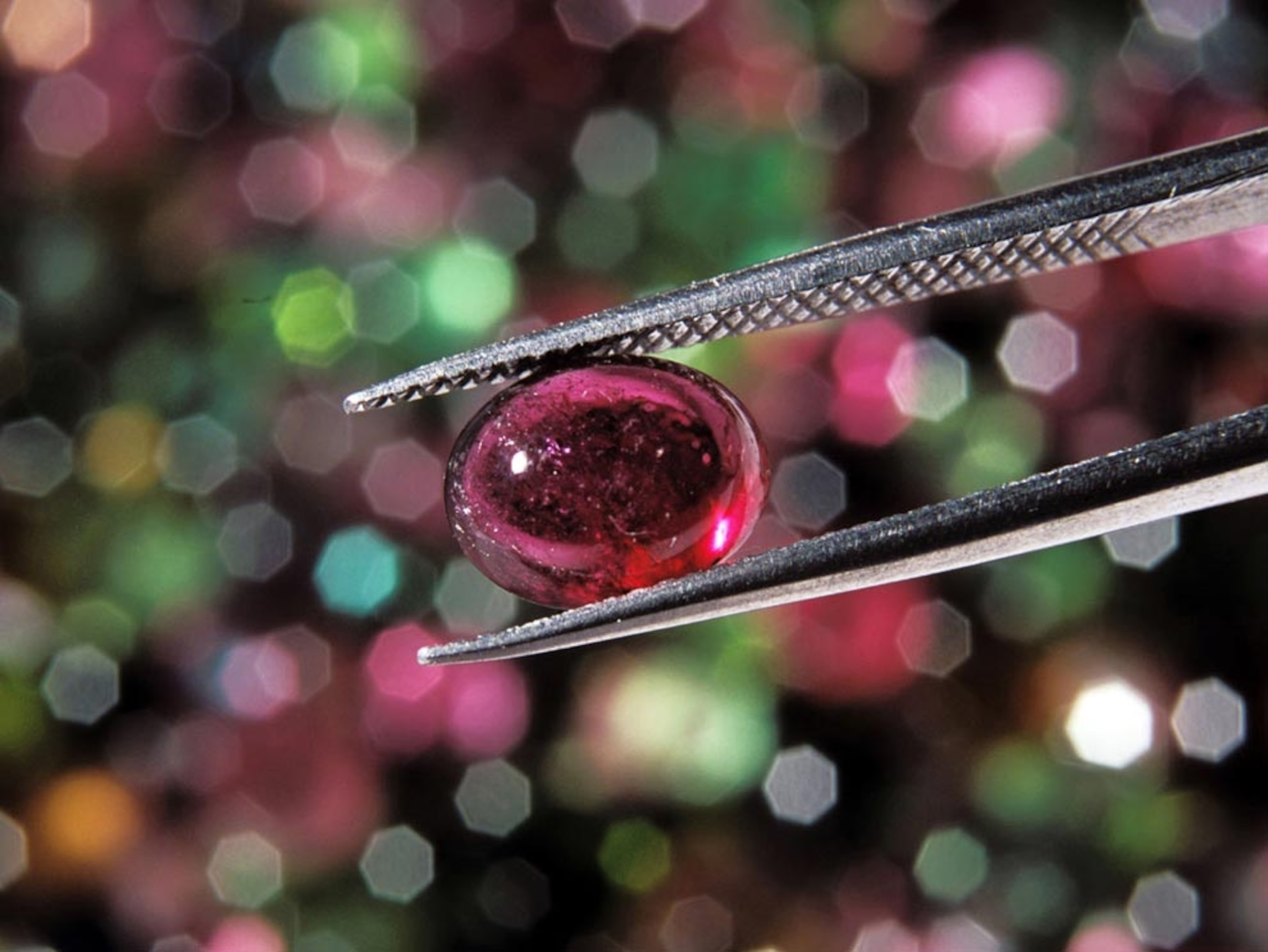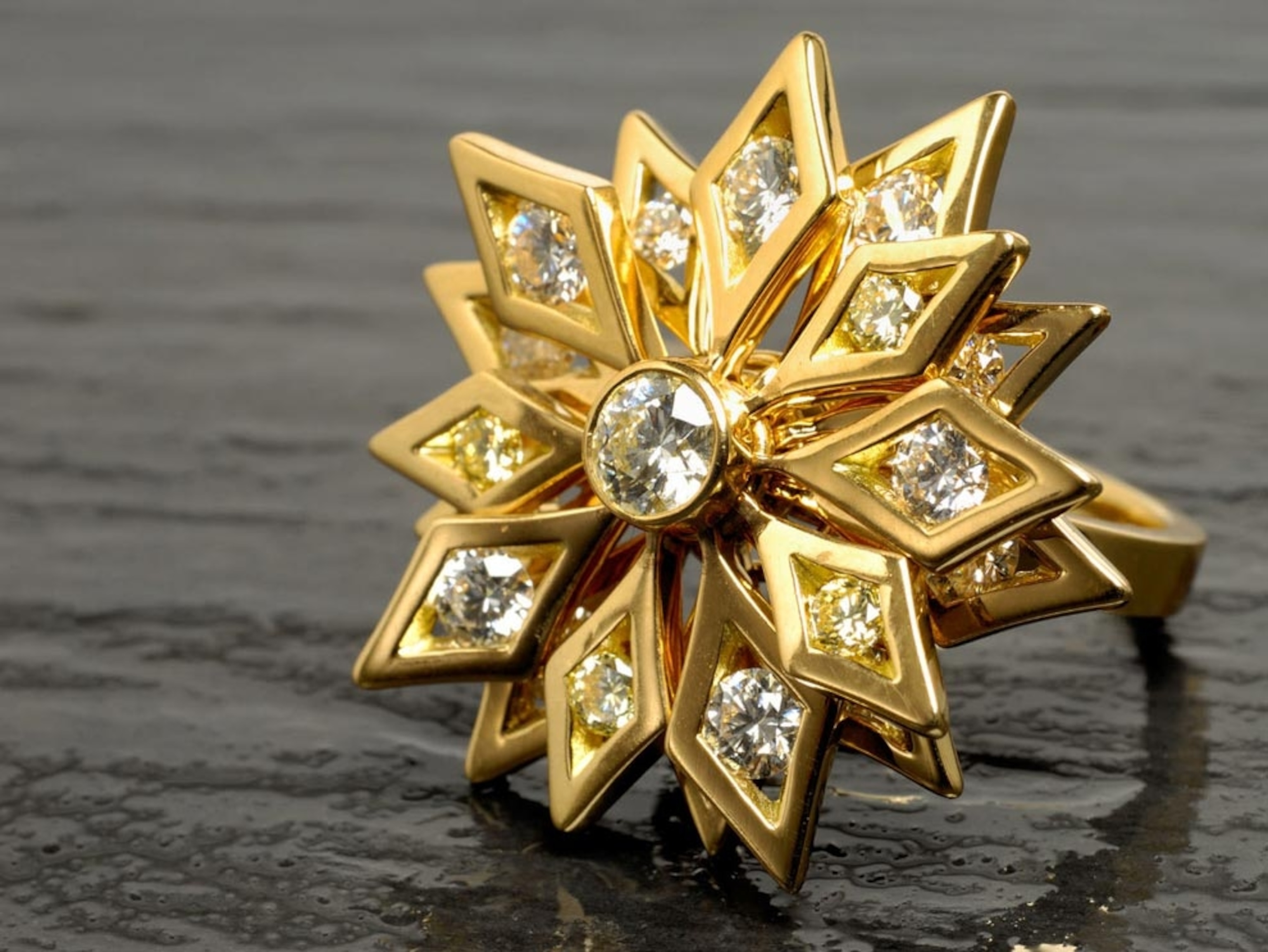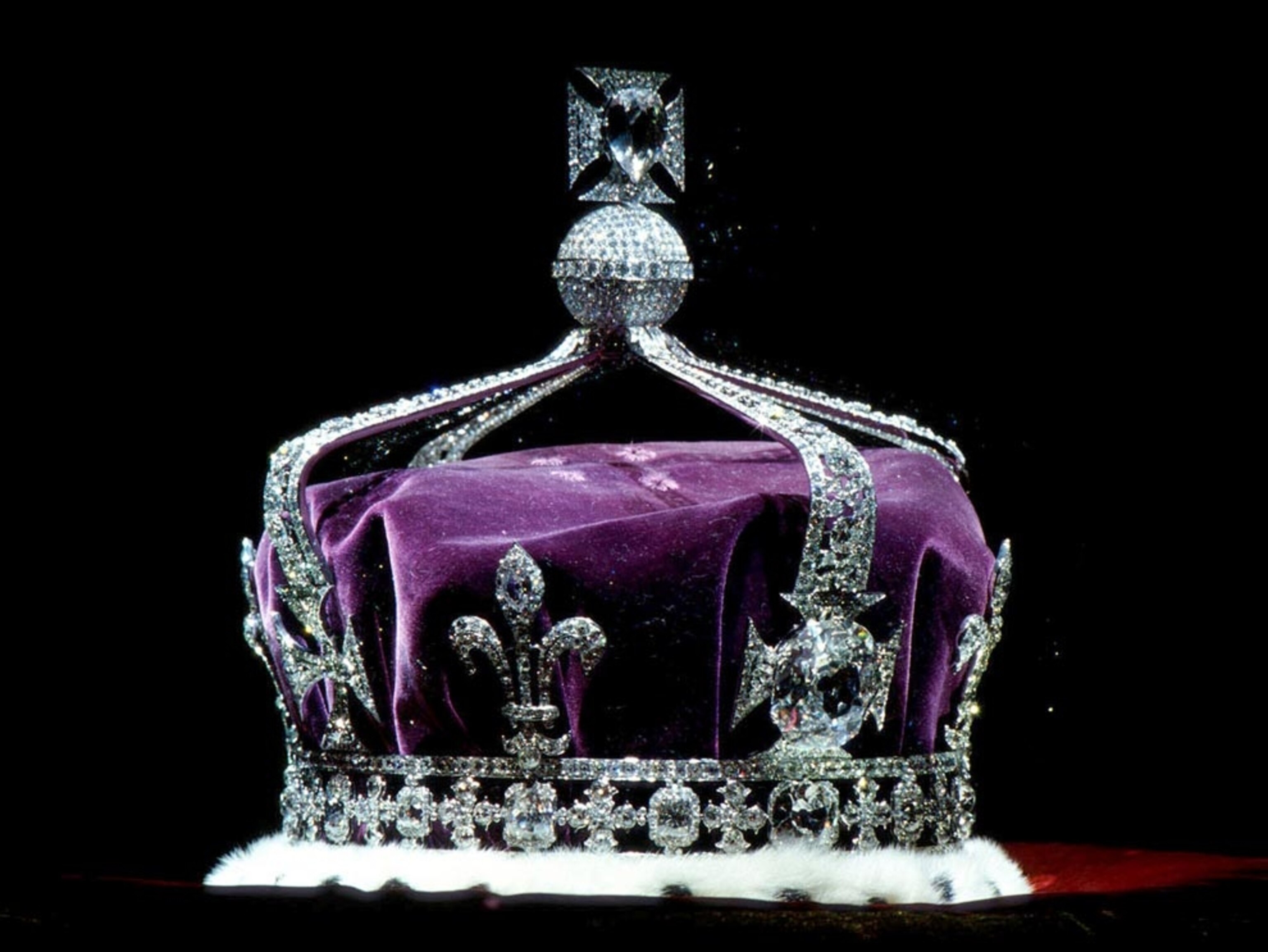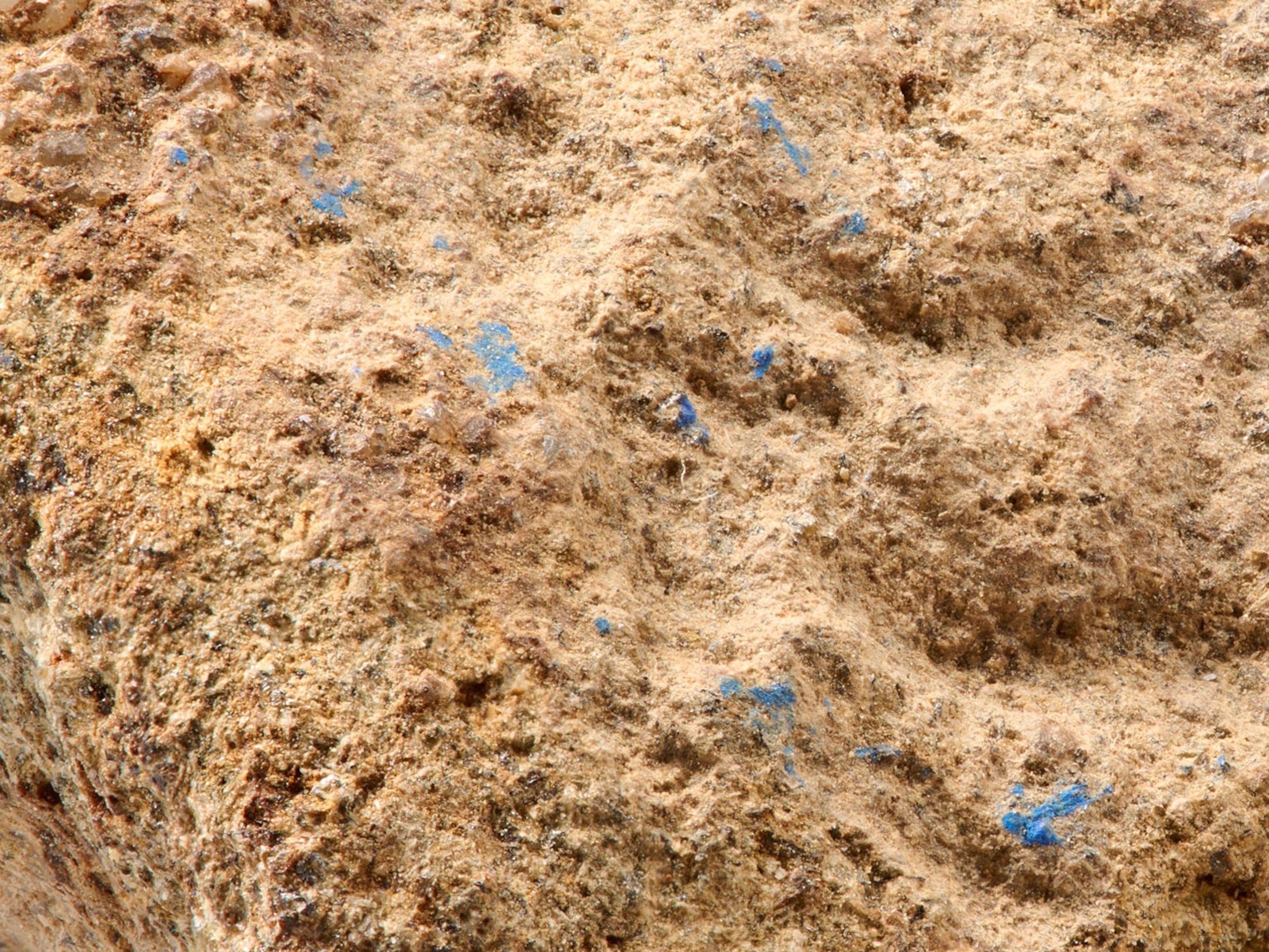More than 4,000 naturally occurring minerals—inorganic solids that have a characteristic chemical composition and specific crystal structure—have been found on Earth. They are formed of simple molecules or individual elements arranged in repeating chains, sheets, or three-dimensional arrays.
Minerals are typically formed when molten rock, or magma, cools, or by separating out of mineral-rich water, such as that in underground caverns. In general, mineral particles are small, having formed within confined areas such as lava flows or between grains of sediments. Large crystals found in geodes and other rocks are relatively rare.
Mineral Photos
Rocks themselves are made of clusters or mixtures of minerals, and minerals and rocks affect landform development and form natural resources such as gold, tin, iron, marble, and granite.
Silicates—including quartz, mica, olivine, and precious minerals such as emeralds—are the most common class of minerals, as well as the major components of most rocks. Oxides, sulfides, sulfates, carbonates, and halides are other major mineral classes.
Gemstones
Many minerals form beautiful crystals, but the most prized of all are gemstones. Uncut gems often look fairly ordinary–like rocks. It's only when they are cut and polished that they obtain the brilliance and luster that gives them their value.
Historically, gems have been divided into precious and semiprecious classes. There are a number of semiprecious gems, many quite beautiful, but diamonds, rubies, sapphires, and emeralds continue to qualify as "precious." (At one time, amethyst was also considered a precious gem, but large reserves were later found in Brazil, reducing its value.)
Precious gems are formed in different ways and composed of different materials, meaning their appearances vary vastly.
- Diamonds, made of carbon atoms, are the hardest natural substance found on Earth. Formed under extremely high pressure hundreds of miles underground, they are found in very few locations around the world. Graphite is also made of carbon atoms, but with a different arrangement—explaining why diamond is the hardest mineral and graphite (used in pencil lead) is one of the softest.
- Rubies are formed of a mineral called corundum, comprised of aluminum oxide. The red color is caused by traces of chromium. Corundum also forms sapphire in many colors, which generally come from trace mixtures of iron, titanium, and chromium.
- Emeralds are formed of a mineral called beryl whose chemical formula is a complex mix of beryllium, aluminum, silicon, and oxygen. The color comes from additional traces of chromium and vanadium. Different trace elements can produce other colors, allowing beryl to form semiprecious stones such as aquamarine.
Minerals and gems are classified by their physical properties, including hardness, luster, color, density, and magnetism. They're also identified by the ways in which they break, or the type of mark, or streak, that they leave when rubbed on a laboratory tool called a streak plate.


























